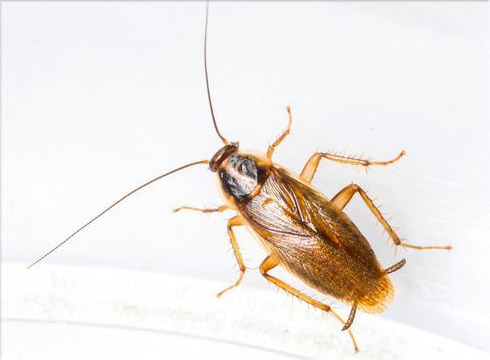
About The Pest
The German Cockroach is the most common cockroach species. They have a high reproductive rate and can produce six generations per year. Each egg capsule that a female produces can contain 35-40 eggs. German Cockroaches will feed on almost anything, including soap, glue and toothpaste. This pest is an excellent hitchhiker, they often find their way into new structures via grocery bags, cardboard boxes, drink cartons and secondhand appliances. German cockroaches prefer to live in warm, humid places close to food and moisture sources (frequently found behind refrigerators). In addition to being a nuisance, the German Cockroach has been implicated in outbreaks of illness and allergic reactions in many people. Cockroaches have been reported to spread at least 33 different kinds of bacteria, six kinds of parasitic worms and at least seven other kinds of human pathogens. They can pick up germs on their legs and bodies as they crawl through decaying matter or sewage and then carry these into food or onto food surfaces. Medical studies have shown that German cockroach allergens cause allergic reactions and can exacerbate asthma attacks, especially in children.
Seasonality
The German Cockroach is a year-round pest.
